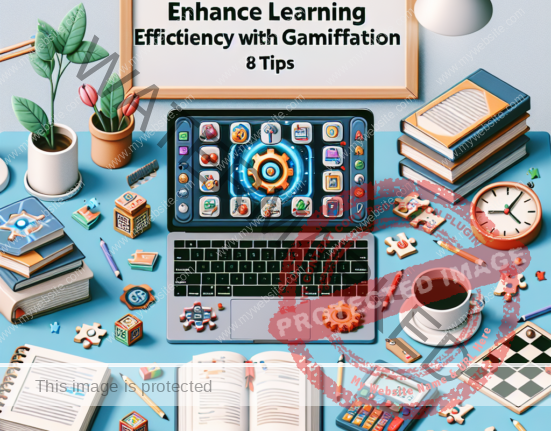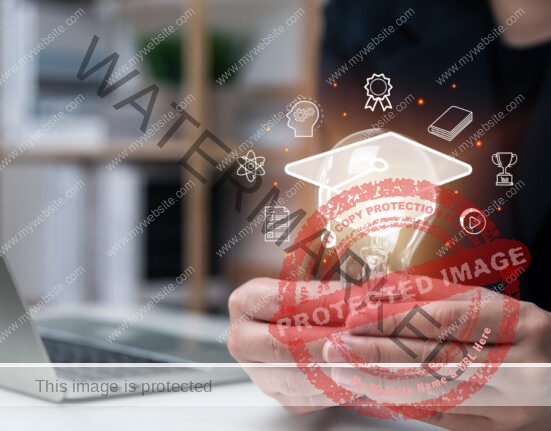Maximizing Customer Engagement through Assessments in Webinars
As an experienced eLearning developer and designer, I believe that incorporating assessments into webinars can significantly enhance customer engagement and learning outcomes. It goes beyond just hosting a webinar; assessments add an interactive and educational dimension that boosts participation and ensures a more valuable experience for both the audience and the presenter.
The Impact of Webinars on Customer Engagement
Webinars are a vital communication tool for businesses aiming to connect with their audience, establish credibility, and foster meaningful interactions. The interactive nature of webinars allows for direct engagement with participants, fostering two-way communication that builds trust and loyalty among potential customers. Moreover, webinars offer a cost-effective way to share knowledge, showcase products, and position a company as an authority in its industry.
One of the key advantages of webinars is their accessibility and affordability. Unlike in-person events, webinars eliminate logistical expenses like venue rentals and travel costs while enabling a global audience to participate without geographical barriers, thereby maximizing engagement and conversion potential.
Modern webinar platforms equipped with chat features empower hosts to provide real-time information, share resources, and encourage attendees to take action, such as downloading resources or scheduling meetings. This flexibility makes webinars a potent marketing tool for generating leads, nurturing customer relationships, and elevating brand perception while optimizing returns on investment.
However, the potential of webinars can be further enhanced by integrating assessments to elevate the learning experience and unlock additional benefits.
Enhancing Webinars with Assessments
Assessments play a crucial role in enhancing training effectiveness, and their incorporation in webinars can elevate engagement and interactivity.
Interactive Polls
Engaging participants through live polls during webinars is a popular method to gather insights and perspectives, enriching the content based on the audience’s preferences and feedback. Polls actively involve attendees, making the webinar more interactive and enjoyable, thereby increasing engagement levels.
Educational Quizzes
Utilizing formative assessment quizzes in webinars can boost knowledge retention and understanding. These quizzes, which can range from simple questions to comprehensive assessments, provide opportunities for attendees to test their understanding of the content. Incorporating quizzes at various intervals or at the conclusion of the webinar can reinforce learning outcomes and enhance participant engagement.
Certification Opportunities
Offering certification assessments within webinars can add value and incentivize participation, especially in industries requiring ongoing professional development. By issuing certificates post-webinar to participants who meet the criteria, such as attendance duration, companies can enhance the event’s credibility and provide tangible benefits to attendees. This strategy not only promotes the webinar but also offers participants the opportunity to validate their learning.
Post-webinar assessments can be conducted digitally, ensuring compliance and providing participants with a streamlined process to receive their certifications based on their performance.
As an eLearning professional, I believe that by integrating assessments into webinars, businesses can create more immersive and meaningful learning experiences that drive customer engagement and deliver tangible results.
If you are interested in reading more about this topic, I encourage you to explore the original article Webinars With Assessments: Enhancing The Customer Experience.
A set number of attempts and a minimum score are required for the certification assessment. The evaluation questionnaire will contain at least ten questions related to the webinar content. It is essential for the assessment to function properly on various devices, including computers, tablets, and smartphones. Combining the webinar format with the certification assessment is an effective strategy to showcase expertise and products while prioritizing the audience’s involvement in the process.
## Extend The Webinar
### Microlearning
After the webinar, microlearning can be utilized to maintain learner engagement with the discussed topic. Microlearning serves as a way to reinforce previous learning and provide additional support. It involves short and frequent interactions over a period, like weekly mini-quizzes for three months. Setting up microlearning is straightforward with the right tools, as it can be automated and digitized.
### Training Assessment
A genuine training assessment, following the webinar, helps gather feedback from participants to gauge their satisfaction and assess the impact of the webinar on their knowledge. Conducting participant satisfaction surveys helps pinpoint areas for improvement in future webinars. Considering participant feedback is crucial in catering to their needs effectively.
To analyze the webinar’s actual impact further, evaluations can be conducted both before and after the event to measure knowledge acquisition and retention through hot and cold assessments. The cold assessment, conducted a few weeks or a month after the webinar, helps participants reminisce about the experience while receiving valuable insights on their progress and results, enhancing the webinar experience.
Additional Resources
- Related to: assessments, customer, eLearning Insights, eLearning News, eLearning News Review, Engagement, Maximizing, webinar

















